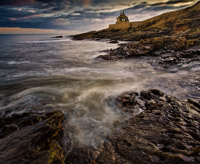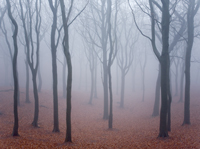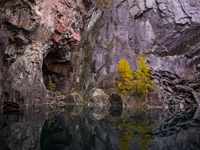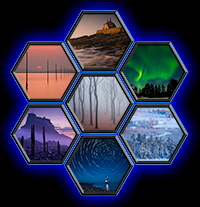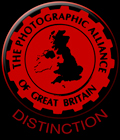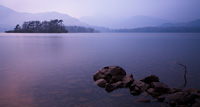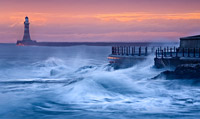Ten Golden Landscape Photography Tips
To get the best out of your digital camera on location.
1: Take control of your camera. Actually read the instruction book. Learn to use the aperture to control the depth of field and the shutter speed to capture subject movement. Learn to use exposure compensation controls and manual exposure mode. The camera’s metering system is a useful guide to exposure but find the histogram and clipping displays and learn how to use them.
2: Buy a sturdy tripod and use it whenever possible. If you think your tripod is a little bit too heavy, get a heavier one, or hang your camera bag from it. (A cable or remote release is a good idea too.)
3: Set your camera’s ISO. to the lowest setting that will cope with the conditions you are shooting in. This will ensure enough exposure to render good detail with a minimum of noise. It is better to expose for longer at a lower ISO setting than shorter at a higher setting if you want to avoid camera noise.
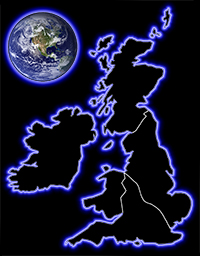
4: Set your camera to record Raw files and buy some bigger memory cards. If you really want to use jepg.s, don’t bother with expensive gear, and don’t expect to get the best from your pictures. jepg. files compress the file size by throwing image data away so all that quality you saved up for is totally wasted.
5: Expose to get the maximum detail out of the highlights. Use the camera’s histogram to make sure you do not clip or blow out the highlights. About half of the picture’s information is normally recorded in the lightest tones. If you regularly underexpose to avoid burning out highlights, that information will be lost and cannot easily be replaced.
6: Don’t worry about what the exposure “looks like” in the camera’s display. The important information is contained in the histogram. If you have followed step five your picture may well “look” too bright but providing the highlights are not clipped your exposure is good. Your raw converter software is where the picture will start to come alive and the camera’s job is to make sure you have all the information that the computer will need to achieve that.
7: Get as close to the correct framing as you can in the camera. Cropping in the computer is throwing quality into the bin. If your subject isn’t as big as you want in the frame, you are not close enough. A pair of wellies will often be your feet’s best friends.
8: Treat yourself to a spirit level that fits into your camera hot shoe. This will help to avoid having to crop later because your horizon is wonky.
9: Research the location your are visiting. Buy a map and work out where the light will be coming from when you are there. Get a good weather report and make sure you are properly equipped for the conditions.
10: Set your alarm clock early enough to get to your location at least an hour before sunrise. There is no substitute for getting the right light and most landscape photographers will be active at dawn and dusk, the so called “Golden hours.”
Most of all, look at pictures, learn what makes one shot good and another less so. Study postcards, books, magazines and maps to find new locations and once you find a good spot keep visiting until you get the shot you want. The one thing nobody can really teach you is how to see a picture, that’s something you have to learn all on your own.
Ten Golden Landscape Photography Tips for Digital Photographers

